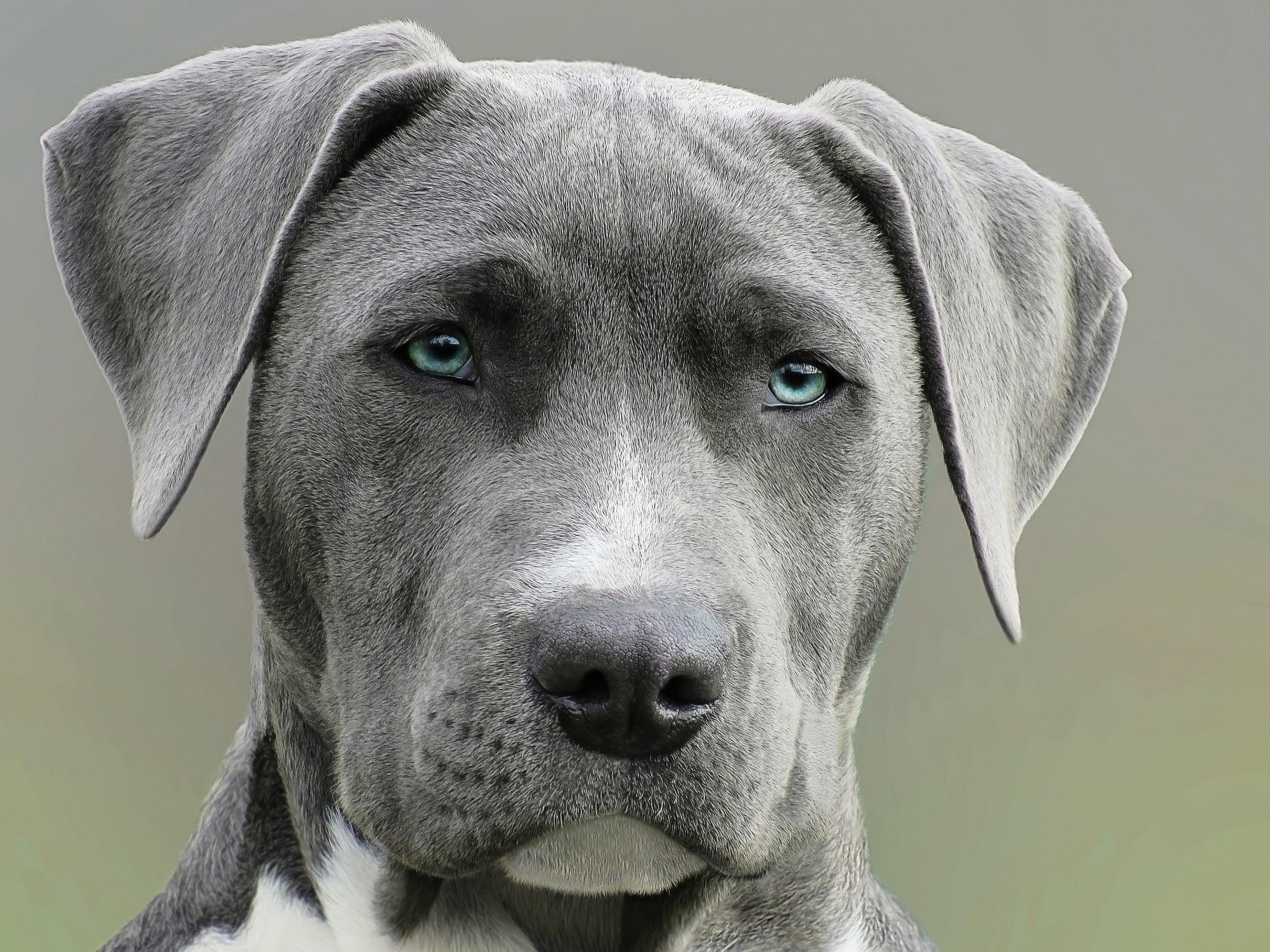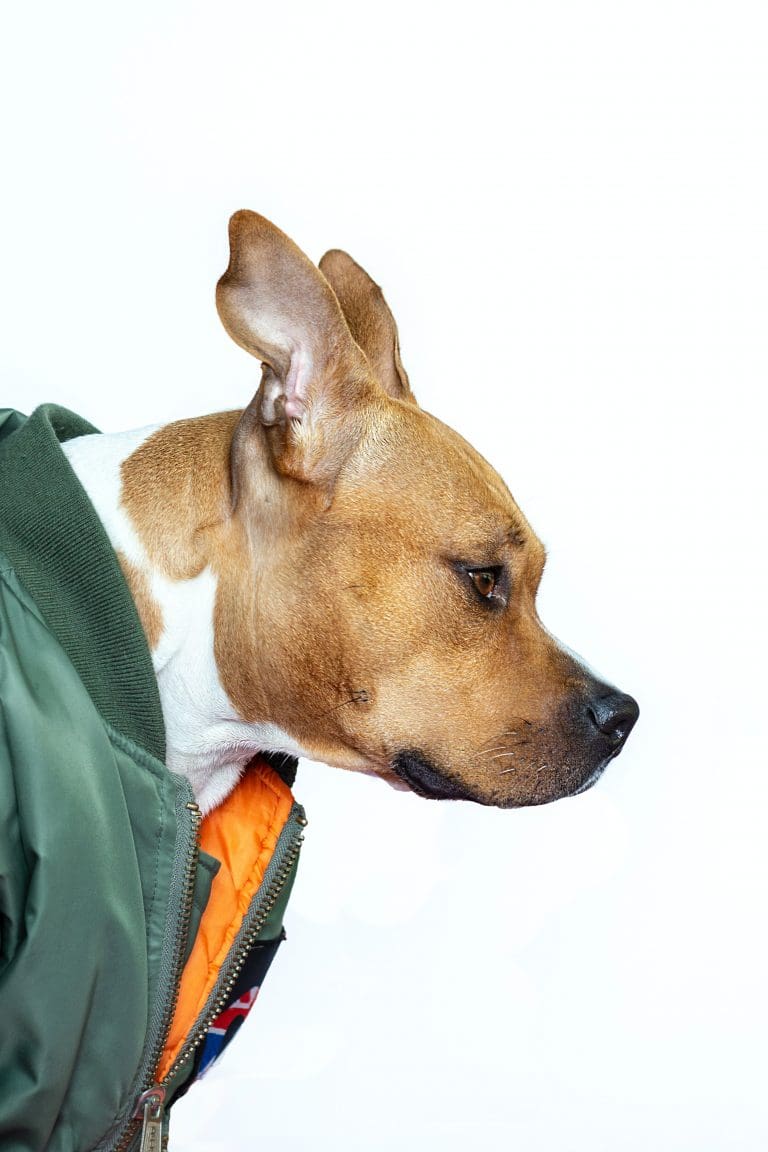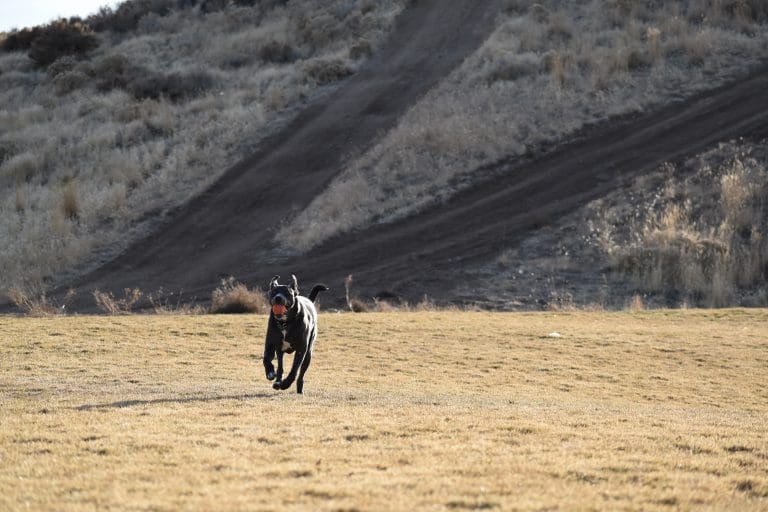How To Comfort A Dog In Heat?
Post Date:
December 10, 2024
(Date Last Modified: November 13, 2025)
Female dogs in heat go through predictable physical and behavioral changes that affect daily care and interaction. Understanding those changes helps owners provide appropriate comfort and reduce risks around the home and during outings.
Understanding the Heat Cycle
The canine heat cycle is a reproductive rhythm driven by changing ovarian hormones and uterine preparedness; it is commonly described in four stages called proestrus, estrus, diestrus, and anestrus. Proestrus is the first visible stage and typically lasts about 7 to 10 days [1]. Estrus, the phase when ovulation and receptivity to males is possible, commonly lasts from roughly 5 to 14 days [1]. Diestrus follows estrus and represents the luteal phase; it typically spans about 60 to 90 days while progesterone remains elevated even if the dog is not pregnant [2]. Anestrus is the non-reproductive resting interval and often lasts about 90 to 150 days before the next proestrus begins [3].
| Stage | Key features | Usual duration | Notes |
|---|---|---|---|
| Proestrus | Vulvar swelling, bloody discharge | About 7–10 days | Not receptive to males initially |
| Estrus | Receptive to mating, discharge may lighten | About 5–14 days | Ovulation typically occurs early in phase |
| Diestrus | Progesterone-dominant, uterus recovers | About 60–90 days | Similar hormonal profile whether pregnant or not |
| Anestrus | Reproductive inactivity | About 90–150 days | Body resets before next cycle |
Hormonal dynamics explain behavior and bleeding: rising estrogen in proestrus causes vulvar swelling and bloody vaginal discharge, and a subsequent rise in progesterone around ovulation alters receptivity and behavior. The pattern of estrogen followed by progesterone and then a prolonged luteal phase is well documented in veterinary sources [1]. Ovulation timing is variable but commonly occurs near the transition from proestrus to estrus; many textbooks describe ovulation occurring within a few days of the onset of estrus in most bitches [4].
Individual and breed variation matters: smaller and toy breeds often experience their first heat earlier, typically around 4 to 6 months of age, while very large or giant breeds frequently have their first heat later, sometimes as late as 18 to 24 months [5]. Cycle length and intensity of signs can also vary by age and individual health status; some females have shorter visible phases while others show prolonged or irregular bleeding patterns that merit attention [2].
Recognizing the normal timing and hormonal drivers helps owners interpret behaviors such as increased marking, restlessness, or changes in appetite as part of a physiological cycle rather than a new medical problem, while still staying alert for signs that suggest infection, abnormal bleeding volume, or systemic illness that would require veterinary evaluation [3].
Recognizing Signs and Behavior Changes
Many of the physical signs that indicate a dog is in heat are visible and predictable, but some behavioral changes are subtle and vary by temperament and coat length. Visible bleeding and vulvar swelling often begin in proestrus and commonly last about 7–10 days [1]. Discharge typically becomes lighter and less bloody during estrus, usually within 3–5 days of its onset for many females [1]. Owners may notice increased licking of the genital area; persistent licking that lasts longer than 48 hours or is accompanied by redness or a bad smell should prompt veterinary attention [2].
Behavioral shifts can include clinginess, increased vocalization, restlessness, more frequent marking, or short-term aggression in some dogs; these changes often appear during proestrus and estrus, commonly peaking in the first 1–2 weeks of the cycle [3]. In shy or long-coated dogs, vaginal bleeding can be hard to detect visually, so owners should watch for indirect signs such as dampness on bedding or a sudden change in scent-related behaviors [2]. If a normally outgoing dog becomes lethargic for more than 24–48 hours, or if aggressive behaviors escalate rapidly, professional behavioral or medical evaluation is recommended [3].
Immediate Comfort Measures at Home
Provide calm, predictable handling and short, gentle interactions during proestrus and estrus; many dogs respond well to increased low-key attention for several minutes multiple times per day rather than one long session [3]. Soft bedding and a warm, draft-free resting area can help; a warm compress held to the flank or lower abdomen for about 5–10 minutes may ease mild discomfort for some dogs, applied carefully and not hotter than comfortably warm to the touch [2]. Pheromone diffusers labeled for dogs are commonly used continuously for up to 30 days around a stressful event and may reduce anxiety in some individuals, though responses vary [3].
Managing Bleeding and Hygiene
Dog-specific diapers or sanitary wraps are useful for containing discharge; most manufacturers and veterinarians advise changing diapers every 4–6 hours or whenever they become soiled to prevent chafing and skin irritation [2]. For spot-cleaning, plain warm water or a veterinary-formulated gentle wipe is recommended; avoid human feminine hygiene products and antiseptics unless directed by a clinician because some products can irritate canine skin [2]. Monitor for abnormal changes: a strong foul odor, greenish or yellow discharge, or bleeding that soaks a diaper within 1–2 hours are signs that warrant prompt veterinary assessment [2].
Environmental Adjustments for Comfort and Safety
Reduce escape risk and male exposure by supervising outdoor time and keeping the dog on a short leash during walks; many owners use 4–6 foot leashes during heat to maintain closer control and reduce chance of sudden dashes toward males or other stimuli [3]. Ensure fencing is secure because males can be persistent and may attempt to infiltrate yards; check gates and gaps at least once before the reproductive season if intact males live nearby [1]. Create quiet retreat spaces by restricting access to high-traffic areas for the duration of noticeable signs, which for most cycles lasts about 2–4 weeks from the start of bleeding to the end of estrus-related behaviors [1].
Exercise, Mental Stimulation, and Relaxation
Keep physical activity low to moderate intensity: shorter leash walks of 10–20 minutes one to two times per day are often appropriate for dogs during peak heat, depending on the dog’s usual activity level and veterinary advice [3]. Use scent-based enrichment and puzzle feeders to provide mental stimulation without increasing the risk of attracting males; a simple food puzzle or scent trail for 10–15 minutes can redirect focus and reduce anxiety [3]. If a dog becomes overly aroused or fixated on outdoor smells, reduce outside exposure until the interest subsides, which often happens as estrus resolves over several days to a couple of weeks [1].
Managing Social Interactions and Visits
Avoid dog parks and off-leash areas for the entire visible cycle because males may find the scent and travel from long distances; many clinicians recommend avoiding these areas for about 3–4 weeks from the onset of proestrus [1]. In multi-dog households, separate intact males and supervise interactions closely; short, supervised neutral-location meetings with vaccinated, non-intact dogs can be arranged only if all parties are controlled and handlers communicate clearly [3]. Notify caregivers, dog walkers, and neighbors that the dog is in heat and ask for extra vigilance for at least the first two weeks of the cycle when attractiveness and escape risk are typically highest [3].
Use of Clothing, Diapers, and Barriers
Choose diapers and wraps that fit snugly but do not rub; most dogs tolerate a proper-fitting diaper worn during waking hours and removed for short breaks, with total daily wear generally limited to prevent skin maceration and to allow inspection every 4–6 hours [2]. Onesies can reduce pawing at diapers for a few days, but if the dog shows repeated attempts to chew or remove clothing or develops redness under the fabric within 24–48 hours, discontinue and reassess fit and material [2]. Always check the skin under barriers daily for irritation, hair loss, or hotspots and clean gently with warm water if needed [2].
When to Seek Veterinary Help
Pyometra is a serious uterine infection that most commonly occurs in the weeks to months after estrus and requires urgent care; owners should seek veterinary attention if the dog develops fever above 103°F (39.4°C), pronounced lethargy, vomiting, or a foul-smelling discharge at any time after heat [1]. Excessive bleeding that soaks through a diaper in less than 1–2 hours, a sudden collapse, or persistent anorexia for more than 24–48 hours are red flags requiring immediate assessment [2]. When calling the clinic, be ready to describe the timing of the cycle (date bleeding began), any systemic signs, recent appetite and water intake, and whether the dog is intact or receiving any hormonal medications [3].
Long-Term Management and Reproductive Options
Spaying (ovariohysterectomy) eliminates heat cycles and prevents pyometra and pregnancy; many veterinary organizations note spay can be safely performed at common pre-breeding ages such as 6–9 months in many breeds, while timing may be adjusted for very large or athletic breeds to 12–18 months based on growth and professional guidance [4]. If pregnancy is a potential future option, planned breeding should account for a gestation period of approximately 63 days from ovulation, with normal variation of roughly 58–68 days [1]. Medical suppression or hormonal manipulation may be discussed with a veterinarian for exceptional, short-term needs, but these approaches carry risks and are not recommended as routine long-term management [5].
Sources
- merckvetmanual.com — primary reference for reproductive cycle durations.
- vcahospitals.com — clinical notes on diestrus and common signs.
- aaha.org — guidance on cycle phases and when to seek care.
- avma.org — resources on ovulation timing and reproductive physiology.
- wsava.org — notes on breed and age variation in heat onset.






